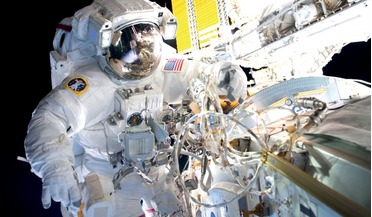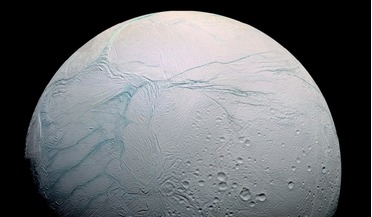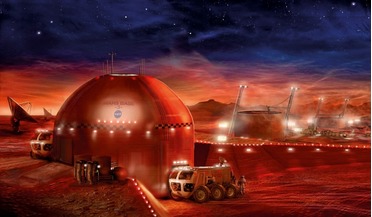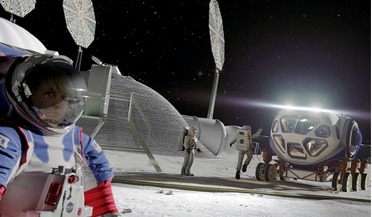 October 2018
Developing wearable technologies for space and Earth
October 2018
Developing wearable technologies for space and Earth
... sustained health of a human crew. These technologies span a wide array of ‘must-haves’ for NASA including smart habitats, deep space radiation protection, in-situ resource utilisation (ISRU), in-space propulsion and spacesuits. The Johnson Space...
 October 2018
Looking for life on Enceladus with IceMole
October 2018
Looking for life on Enceladus with IceMole
... The melting-probe that will directly access the potential habitat must be sterilised to levels that have so far ...must be designed so that it is not harmful to a potential habitat. Some of these challenges are being addressed with several DLR-funded ...
 April 2020
Evolutionary lessons for an interplanetary future
April 2020
Evolutionary lessons for an interplanetary future
...at nearly full strength. All serious designs for Mars habitats include radiation shielding, but even a short amount of ... the rocket technologies needed to get people to Mars, habitats designed to keep them alive, and agricultural techniques to ensure...
 October 2020
Space 2069 - back to the Moon, to Mars and beyond
October 2020
Space 2069 - back to the Moon, to Mars and beyond
... Martians, the Sun is an unnerving sight, strangely shrunken, with no warmth as far as it’s possible to tell from inside a spacesuit or habitat. There are two hours of Martian daylight remaining. The shadows are lengthening as night-time creeps over...
 February 2021
Supporting sustainable lunar development
February 2021
Supporting sustainable lunar development
...base. Avoiding coercion There are plans to create LDCs at experimental space habitats in various locations The LDC would not be a landlord, but ... of an LDC prototype would be simulated space habitats on Earth that provide a supporting framework and ...
 May 2024
Out of this world – NASA’s textile technicians and innovations for space voyages
May 2024
Out of this world – NASA’s textile technicians and innovations for space voyages
... programmes and projects to create innovative materials for future space odysseys. Sierra Space is developing the LIFE habitat an inflatable pressure shell composed of Vectran™ fabric, a material woven from liquid crystal polymer yarn that becomes...